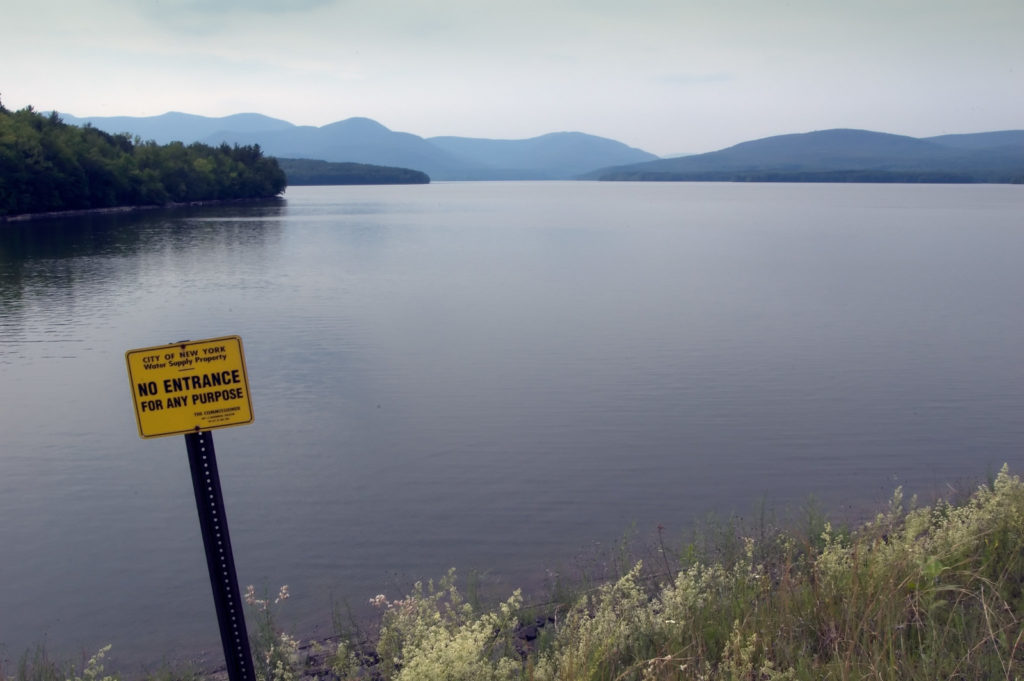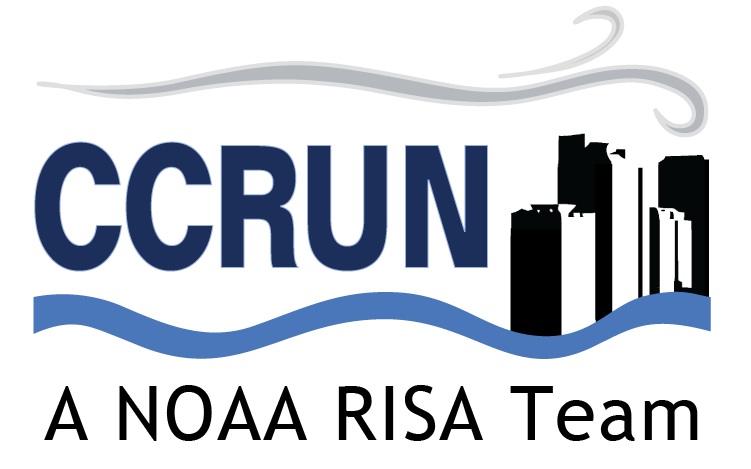CCRUN RESEARCH SECTORS
Water
The CCRUN Water Sector investigates how climate change may impact water supplies and quality in the urban Northeast, especially related to the impacts of drought on urban drinking water. The team has evaluated the Boston-NYC-Philadelphia urban corridor served by some of the major water supply utilities in the region. Using tools and models including ensemble hydraulic forecasting, the team is able to quantify improvements in water sector management and provide climate information that builds resilience to droughts and other water-related impacts of climate change.

Current Research
CCRUN’s water research has been focused on estimating (using hydrological models) the impacts of climate change on water demands in major cities in the Northeast, and as far south as the Washington, D.C. metropolitan region. The team has constructed water demand models for Boston, MA and Fairfax County, VA.
Other Projects:
Recent publications:
Booras, K., A. R. McIntyre, J. Weiss, C. Howells, and R. Palmer. 2018. “Incorporating Streamflow Forecasts with Aggregate Drought Indices for the Management of Water Supply.” Journal of Water Resources Planning and Management 144(1):04017078.
Somos-Valenzuela, M. A., & Palmer, R. N. (2018). Use of WRF-Hydro over the Northeast of the US to Estimate Water Budget Tendencies in Small Watersheds. Water, 10(12), 1709. https://doi.org/10.3390/w10121709
Key Stakeholders:
Contact:
Dr. Richard Palmer
